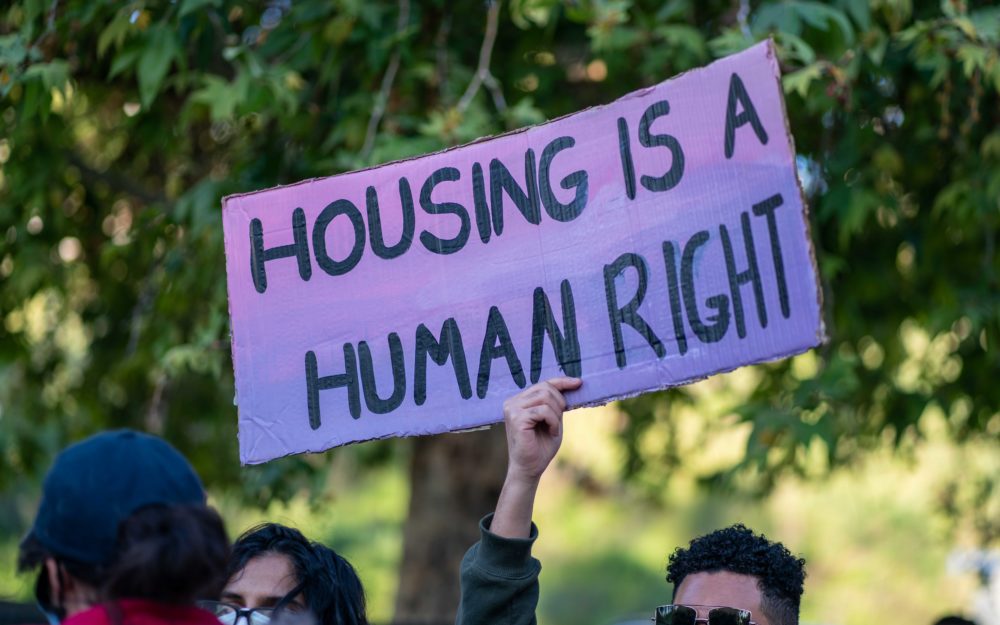By: Lydia Tesfaye, Kristyna Ramirez, Marcela Carrillo and Noah Meadows
Los Angeles County’s eviction protection comes to an end as of March 31, leaving many with mixed emotions.
The eviction protection came during the pandemic era as many were financially affected by COVID-19 and were protected from getting an eviction, but this left landlords struggling as well.

Evictions were on the rise in 2019 and drastically dropped from 2020 to 2021 due to the pandemic and the laws put in place. But, now that this protection has been lifted, evictions are predicted to be on the rise, according to L.A. Times.
Earlier this month, tenants were expected to pay their rent even if they were still experiencing financial hardship. If one is not able to pay and receives an eviction notice, don’t ignore the notice. Tenants can contact the County’s protection as they can be “provided with an affirmative defense if the tenant is served with an ‘Unlawful Defense,’” according to the Los Angeles County.
Landlords are able to evict their tenants for various reasons, as they will have to provide a 30-day notice as well. California’s rent increase percentage is 10 percent, and if a landlord rises above the percentage, they must provide the tenants with relocation assistance, as stated by LA Ordinance.

According to the county’s Rent Stabilization Ordinance, along with the protection lift, rent-stabilized units can now experience rent increases in unincorporated units/spaces in LA County.
Even though some rent increases in LA County are prohibited until January 31, 2024, landlords can request Los Angeles Housing Department cost recovery surcharges such as “capital improvements, primary renovations and rehabilitation work,” according to LAHD.
Approximately 200,000 households are behind on rent and are expected to pay all the rent they missed. All of this calculated together equals half a billion dollars in back rent.
This is not the only debt many face as ‘shadow debt’ is haunting tenants as they took out loans and used credit cards to pay off their rent as that was a priority for them to keep their housing.
During the pandemic, both tenants and landlords suffered as they struggled to make ends meet with their finances. Tenants were worried about being kicked out and becoming homeless, while landlords were afraid to lose money and their properties.
The eviction protection came as a relief for tenants as it put a bit of ease to their financial situations, especially when many were losing their jobs and living paycheck to paycheck.
This becomes a battle between the landlords and tenants, as landlords have an upper hand when it comes to legal representation.

Yet, all hope is not lost, as there are still programs in place to help those who may be on the brink of experiencing homelessness and backed up on their rent, such as Stay Housed L.A.
Tenants must get educated on the rules in their communities and know their local government to stay informed on new rules that may be implemented in ways to protect themselves and prevent unlawful evictions.
























